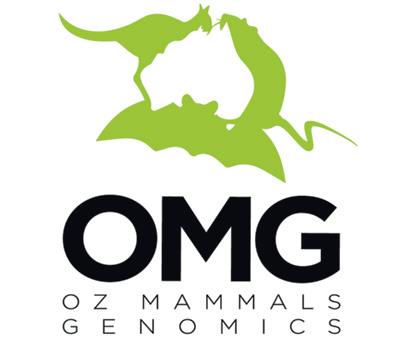Dibbler conservation genomics
Conservation assessment of the dibbler and delineation of management units
The dibbler (Parantechinus apicalis) once occurred widely across southwestern Western Australia, with subfossil records suggesting a distribution from Dirk Hartog Island and Zuytdorp Cliffs near Geraldton, south to Yanchep and from Albany east to the Eyre Peninsula in South Australia.Given the decline in distribution of the dibbler post-European settlement, the species was thought extinct but was rediscovered near Cheynes Beach, Albany in 1967.
Further populations were discovered in Torndirrup National Park, Arpenteur Nature Reserve, Waychinicup National Park and Fitzgerald National Park; however, currently the only extant natural population on the mainland persists in Fitzgerald National Park and consists of <1000 animals. In 1985, populations of the dibbler were also discovered on two small islands, Boullanger and Whitlock Islands, in Jurien Bay, ~200km north of Perth. These populations are small, sustaining ~180 individuals, and Boullanger, at least, is declining.
Parantechinus apicalis is considered ‘Endangered’ under IUCN criteria and is dependent on ongoing conservation measures and a specific conservation program. A captive breeding colony is maintained at Perth Zoo to supply animals for reintroduction to reduce pressure on the vulnerable wild populations.
We are using a marsupial targeted exon capture array for phylogenomic analysis, to assess the population / subspecific relationship between island and mainland dibblers. In addition, we are using ddRAD sequencing for conservation genetic assessment of dibbler translocations.
Project coordinator:
- Kym Ottewell (Department of Biodiversity, Conservation and Attractions, WA)
- Craig Moritz (Australian National University)
Project collaborators:
- Margaret Byrne (Department of Biodiversity, Conservation and Attractions, WA)
- Tony Friend (Department of Biodiversity, Conservation and Attractions, WA)
- Harriet Mills (Edith Cowan University)
- Rujiporn (Elf) Thavornkalapachai (University of Melbourne)
- Kenny Travouillon (Western Australian Museum)
